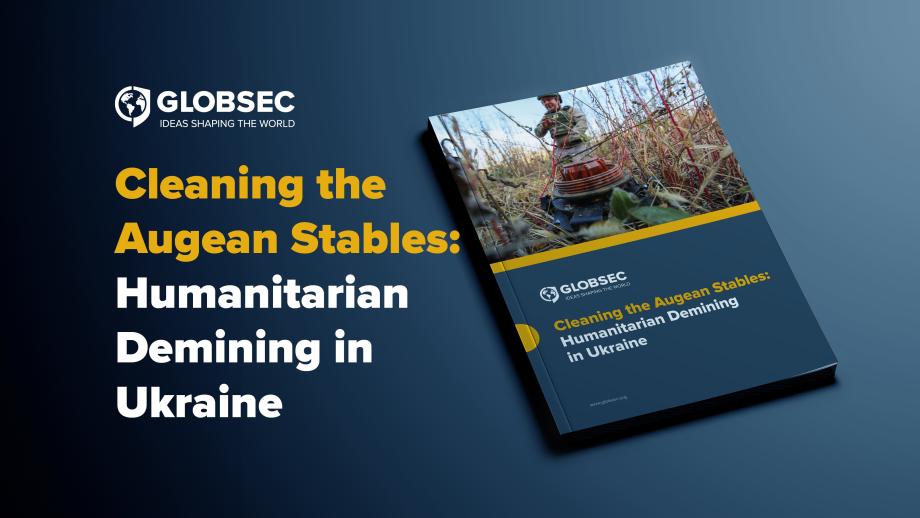Cleaning the Augean Stables: Humanitarian Demining in Ukraine

The ongoing conflict in Ukraine presents unprecedented challenges in humanitarian demining (HD). Traditional methods of clearing land from explosive ordnance (EO) are not feasible due to continuous attacks, making large portions of the territory unsafe. The situation calls for a provisional approach to HD, with regular assessments and rapid response systems for areas hit by missiles. Furthermore, despite efforts to survey and clear land, a significant portion remains potentially hazardous, impacting economic sectors like agriculture.
Since our previous report on the matter, Ukraine's government has made considerable progress, clearing a substantial area of land and reducing the estimated contaminated territory. However, the scale of contamination remains vast, affecting key sectors like agriculture. There's an ambitious plan to clear most of the contaminated areas in the next decade, requiring extensive resources, including trained deminers and advanced technology. Public awareness and education about EO risks are also crucial to prevent accidents and ensure safety.
As the report concludes, addressing the challenges of demining in Ukraine requires a multifaceted approach. This includes assessing soil contamination before resuming agricultural activities, planning for land restoration, and disposing of unexploded ordnance. The complexity of terrain in areas like forests and aquatic territories adds to the demining challenge. International support and collaboration are vital for Ukraine to manage this enormous task effectively and to rehabilitate affected ecosystems and farmlands.
Read more in the report below.

